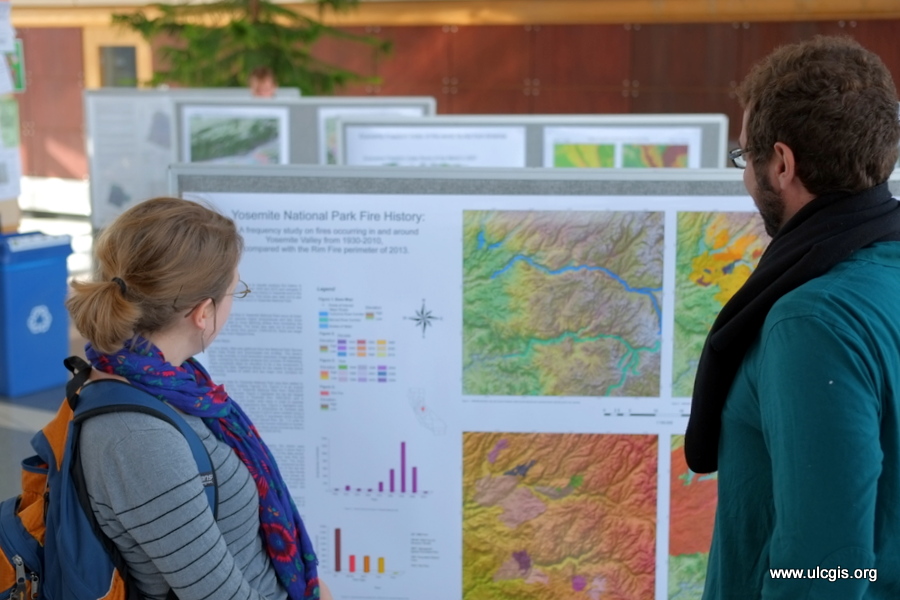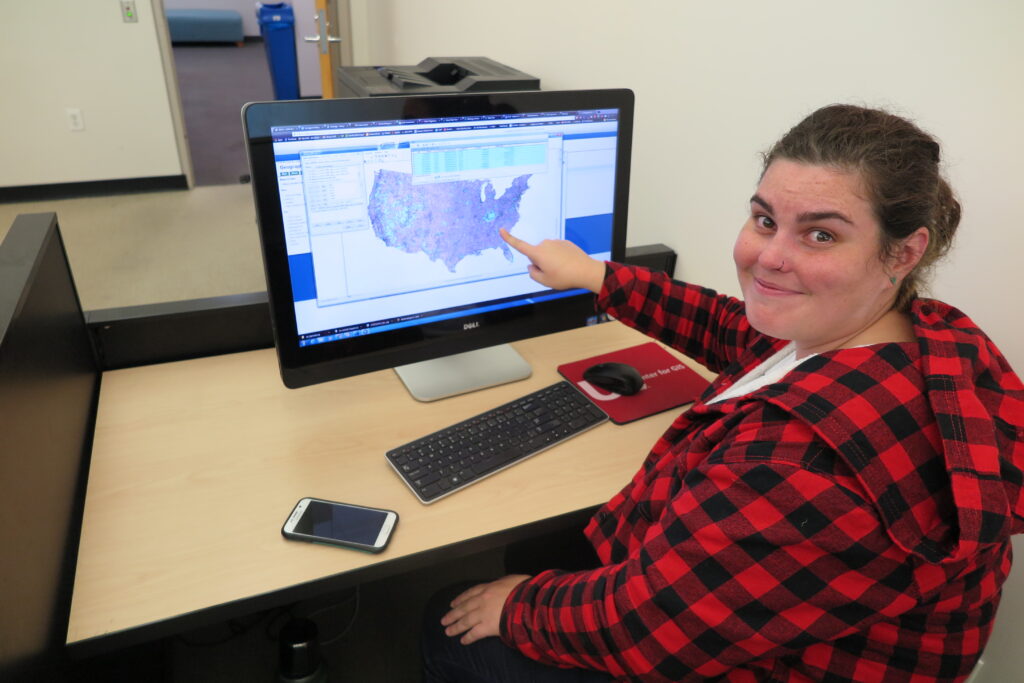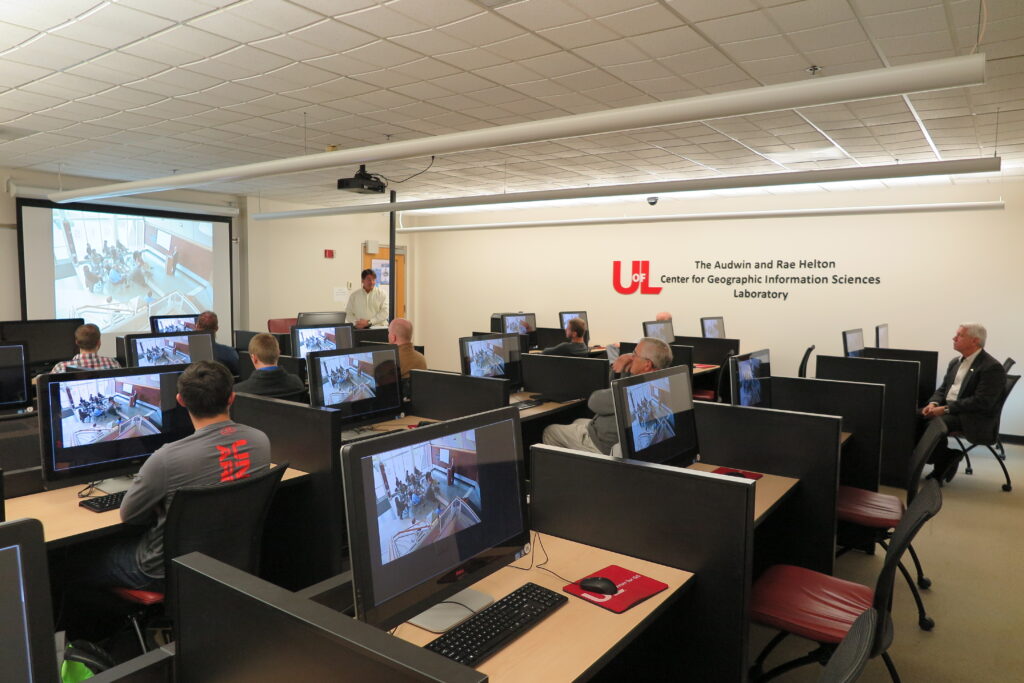
Geospatial technologies play a vital role in our everyday lives! Finding the nearest restaurant or gas station, geotagging photos and posts, and more. Beyond GPS navigation, technology in this space is advancing at a rapid pace. Through our Certificate in Applied Geospatial Technologies, you will get hands-on experience with connecting data to physical and social landscapes. As a student in this program, you will gain the expertise needed to provide insights into real-world environmental conditions and social problems. The skills you can acquire in computing, problem-solving, and project management will apply across professional sectors and interests. Check out more regarding class offerings under our Certificate tab.



